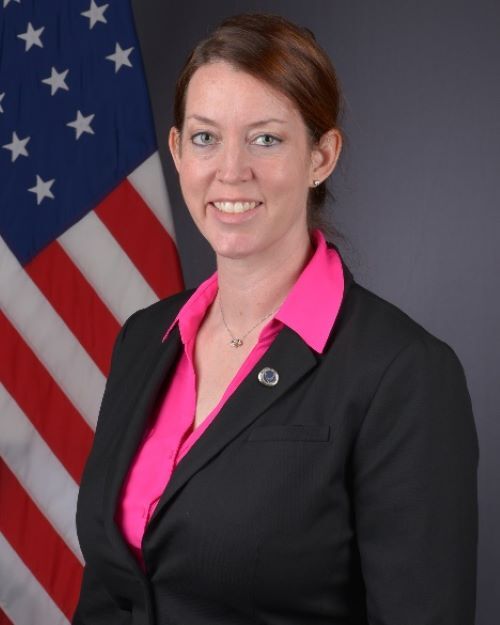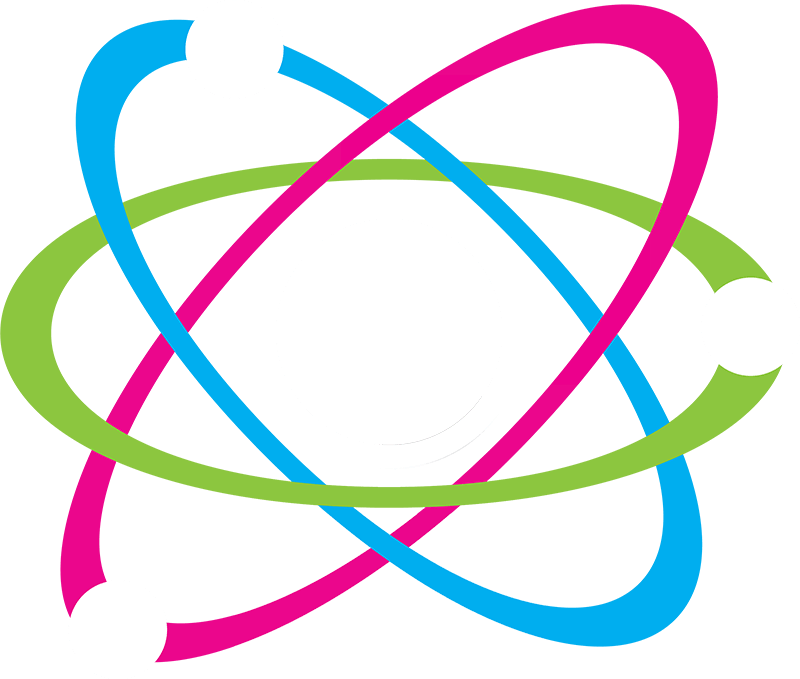Dr. Theresa E. Watson
Deputy Chief Scientist, Air Force Technical Applications Center (AFTAC)

Dr. Theresa E. Watson serves as the Deputy Chief Scientist of the Air Force Technical Applications Center, Patrick Space Force Base, Fla. The focus of AFTAC's more than 1,000 professionals is to detect special events in the atmosphere, underwater, underground, and in space to determine if they are nuclear and to report them to U.S. senior decision makers. As the Deputy Chief Scientist, Dr. Watson is charged with advising the AFTAC Chief Scientist, Commander, and Senior Executive Staff on scientific and strategic issues related to the center's mission, technology development, vision, and relationship with international and national authorities. She also serves as a leading scientific expert at planning and review meetings for Department of Defense and Department of Energy. In addition, Dr. Watson is the Chair for a National Level Research and Development (R&D) Sub Committee stewarding multimillion portfolio of basic to applied research across multiple mission areas.
Prior to her selection as the center’s Deputy Chief Scientist, Dr. Watson was AFTAC’s Director of Environmental Modeling and Simulation program in the 24th Analysis Squadron, supporting worldwide weapons of mass destruction treaty monitoring. Dr. Watson established the multidisciplinary, world-class modeling and simulation as a $28 million program of record, which provides national-level decision makers with timely and actionable products to tactical and strategic decision makers.
Prior to joining Air Force civil service, Dr. Watson was a research associate in private industry and at the University California, Berkeley. She has more than 20 peer-review scientific publications including two cover articles in international academic journals. Dr. Watson joined civil service in January 2013 as a chemist in AFTAC’s materials directorate. There, she supervised, planned, directed, defined mission objectives, and led stand-up operations and personnel of a new radiochemistry laboratory’s $22 million mass spectrometry section.


